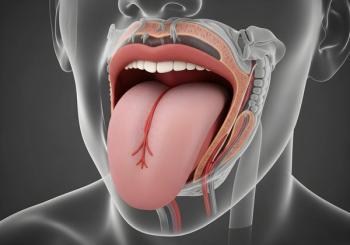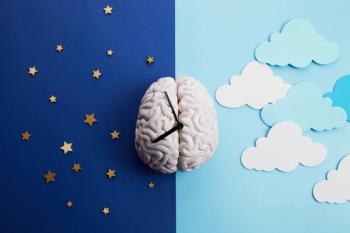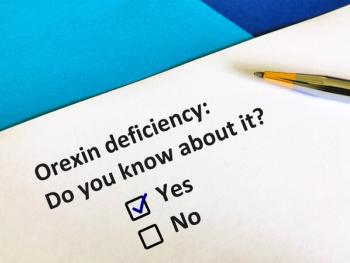
At-Home Sleep-Analysis Device Could Limit Need for Costly Sleep Labs
New technology could make it possible to get complex sleep analytics at home. The question is whether physicians will accept the device.
As scientists uncover the increasingly complex interplay between sleep and a wide range of other medical conditions, some in the sleep industry are re-thinking the way sleep disorders are diagnosed.
One example of that re-thinking is
“You need to measure it in a very precise environment,” he said. “And what we're trying to do is to take these signals and bring it into a natural environment—into home use.”
Peremen breaks down X-trodes’ technology into two parts. The first are the electrodes themselves, which are thinner and more flexible than the electrodes used in clinics. Importantly, they are also wireless, meaning patients are free to move around. In a sleep clinic, Peremen said, patients are in an unfamiliar setting, connected to electrodes that limit their movement, and monitored by staff. X-trodes enable a patient to get the same data in a natural setting.
“It gives you the ability to sleep in your own bed,” he said. “You're in your regular position with your partner near you, with the temperature that you have in a real-life scenario. And this is something that I think is quite unique for our solution.”
The second facet of the technology is an algorithm and analytics that can evaluate all of the noises present in the patient’s home and identify the correct electrophysiological signals.
Beyond breathing
X-trodes takes a different approach compared to that of many at-home sleep monitors, which Peremen said focus on diagnosing sleep apnea.
“They are mainly focused on your breathing, snoring, respiratory activity, and so on,” Peremen said. “These are great solutions — medical grade — but they are focused only on your breathing, on sleep apnea.”
By tracking electrical activity in the brain using electroencephalogram and electromyography, X-trodes can more closely replicate the biometrics analyzed in a sleep lab, thereby enabling the devices to identify a wider range of sleep disorders, including rapid eye movement (REM) sleep behavior disorder, known as RBD, and restless leg syndrome.
As Peremen sees it, X-trodes can fill a clinical need because many sleep labs are costly and staff-intensive, and many labs are fully booked and unable to accommodate all of the patients seeking appointments. However, in order to displace sleep labs, the company first is working to compile data showing their readings can match those of a sleep lab. They are also in the process of seeking clearance from the FDA. In the meantime, the product is available for use in research.
Physician acceptance
If those studies bear out the company’s claims, X-trodes will also have to convince payers and physicians to accept the device. After all, at-home testing also means that physicians will lose the direct supervision of a sleep lab and instead have to rely on patients to correctly use the device and obtain readings.
Peremen said he believes the concern about physician uptake was alleviated somewhat by the COVID-19 pandemic, during which physicians increasingly had to rely on telemedicine and at-home technology to mediate patient care. He thinks physicians are now more comfortable with technology like X-trodes.
“But of course we need to prove it and provide enough knowledge to build the confidence of the physicians that will see that they will get results they are interested in,” he said.
Peremen said he eventually hopes to see the technology used outside of research and prescription diagnostic settings. He said it could be a useful tool for patients to analyze their sleep habits and track the success of efforts to improve their sleep.
Ultimately, he said, more and more research indicates that sleep can have a major effect — for better or worse — on overall health. He hopes putting sleep diagnostics into the hands of patients empowers them to improve their health, both in terms of sleep disorders and conditions related to sleep disorders.
“So I think by making it accessible we open a new window into our health,” he said.
Newsletter
Get the latest industry news, event updates, and more from Managed healthcare Executive.





















































